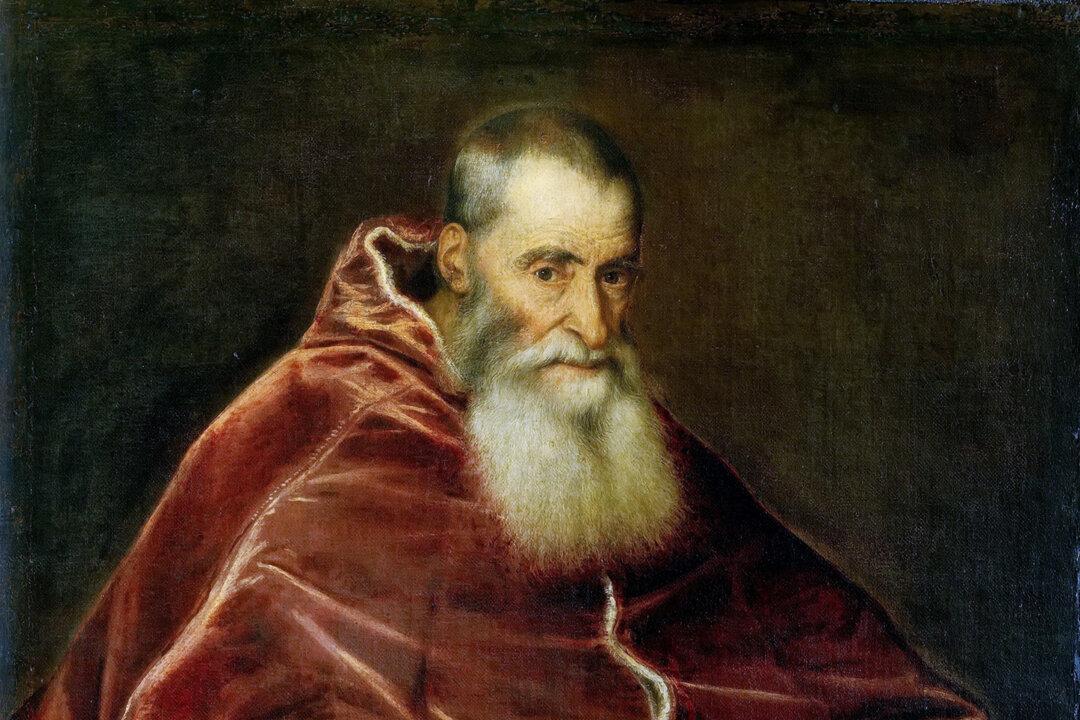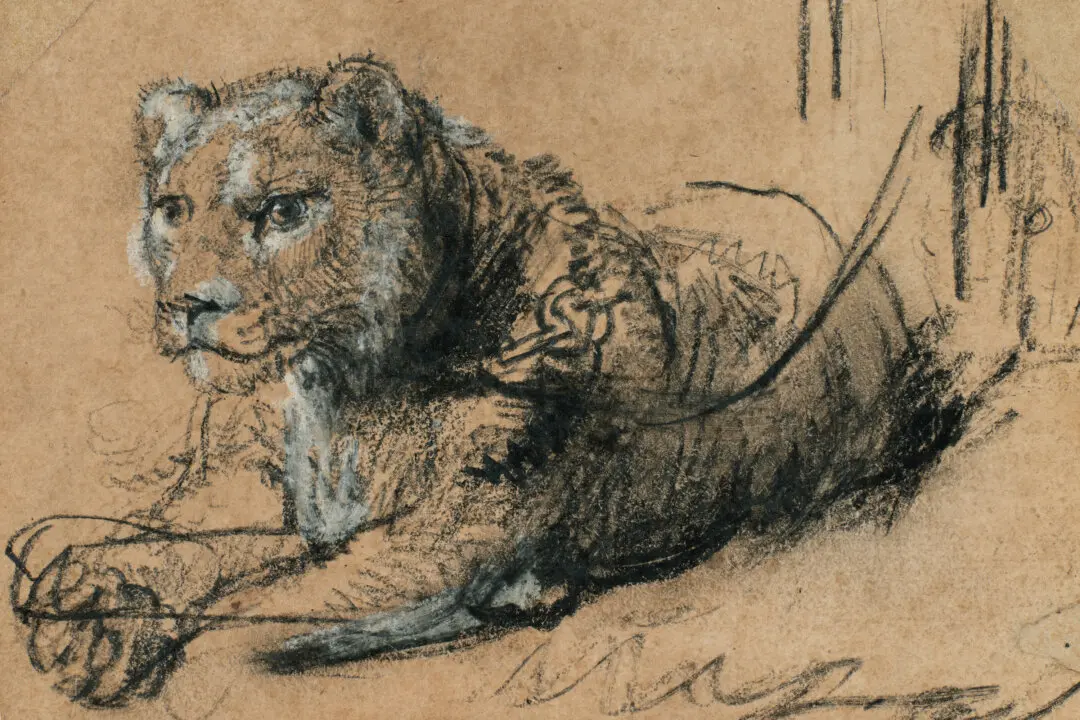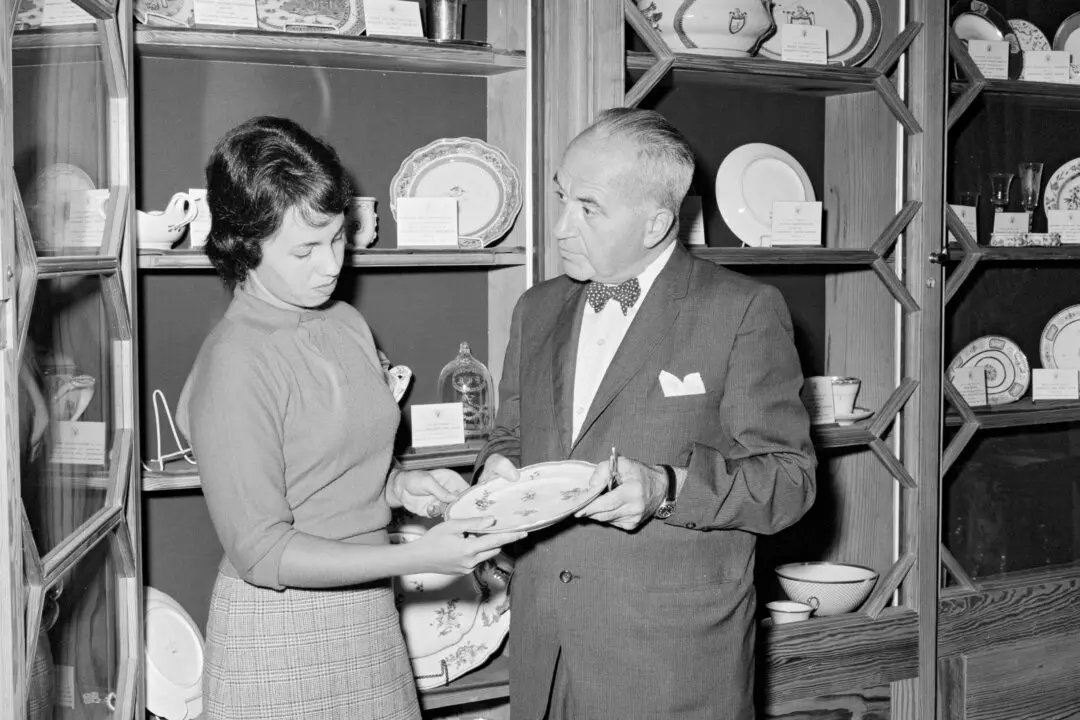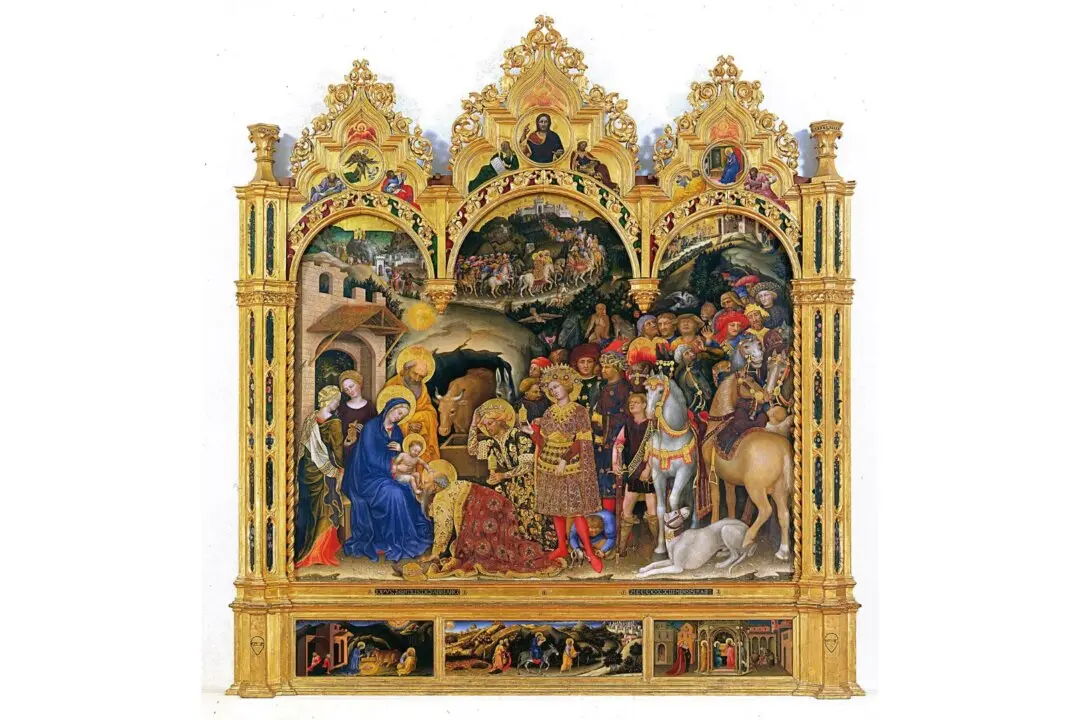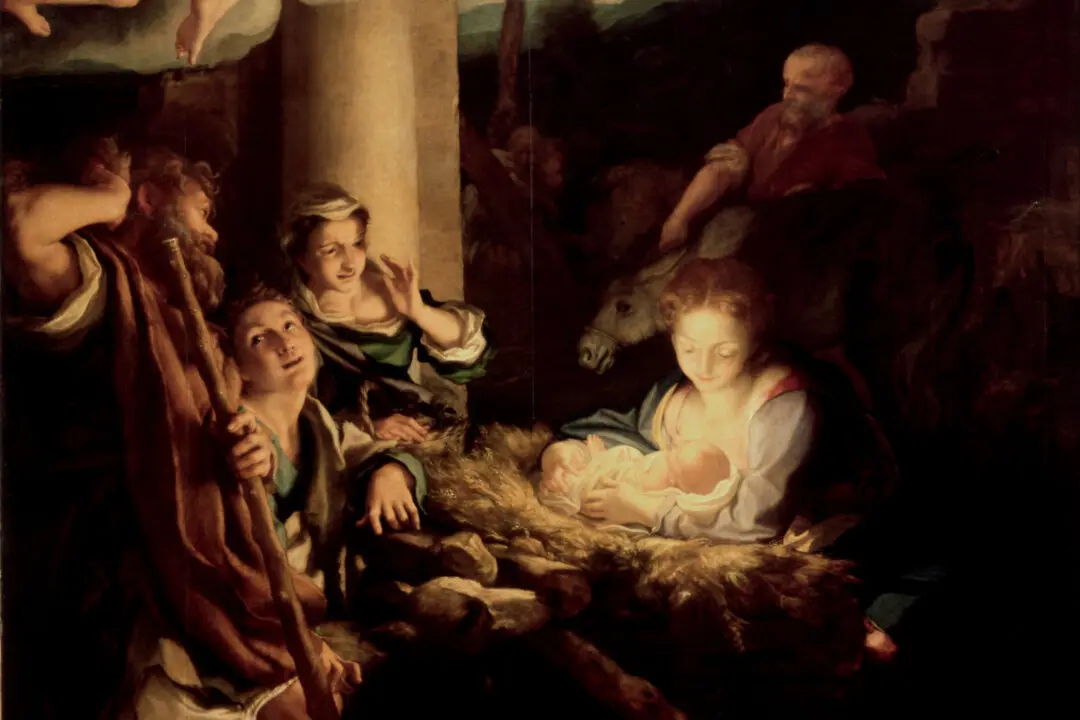On the Via del Corso, a main thoroughfare of central Rome that dates back to ancient times, stands the historic Palazzo Doria Pamphilj. At the heart of this 1,000-room palazzo is the Doria Pamphilj Gallery, which exhibits the Doria Pamphilj family’s art collection, one of Italy’s greatest private collections.
Family members continue to live in private wings of the building, the foundation of which was built in the 16th century, while other apartments in the colossal palazzo are sublet to artists, writers, and religious organizations.

